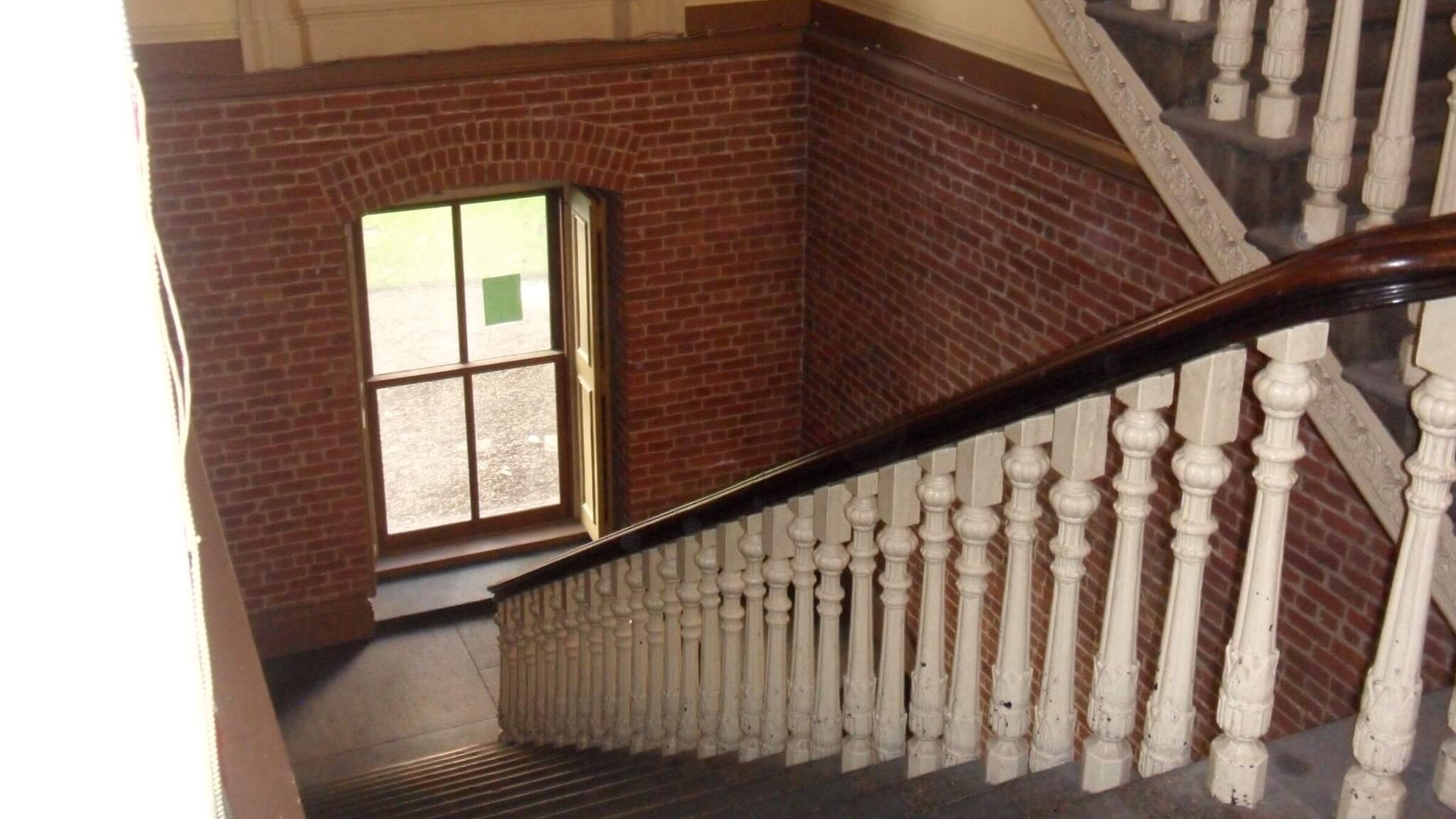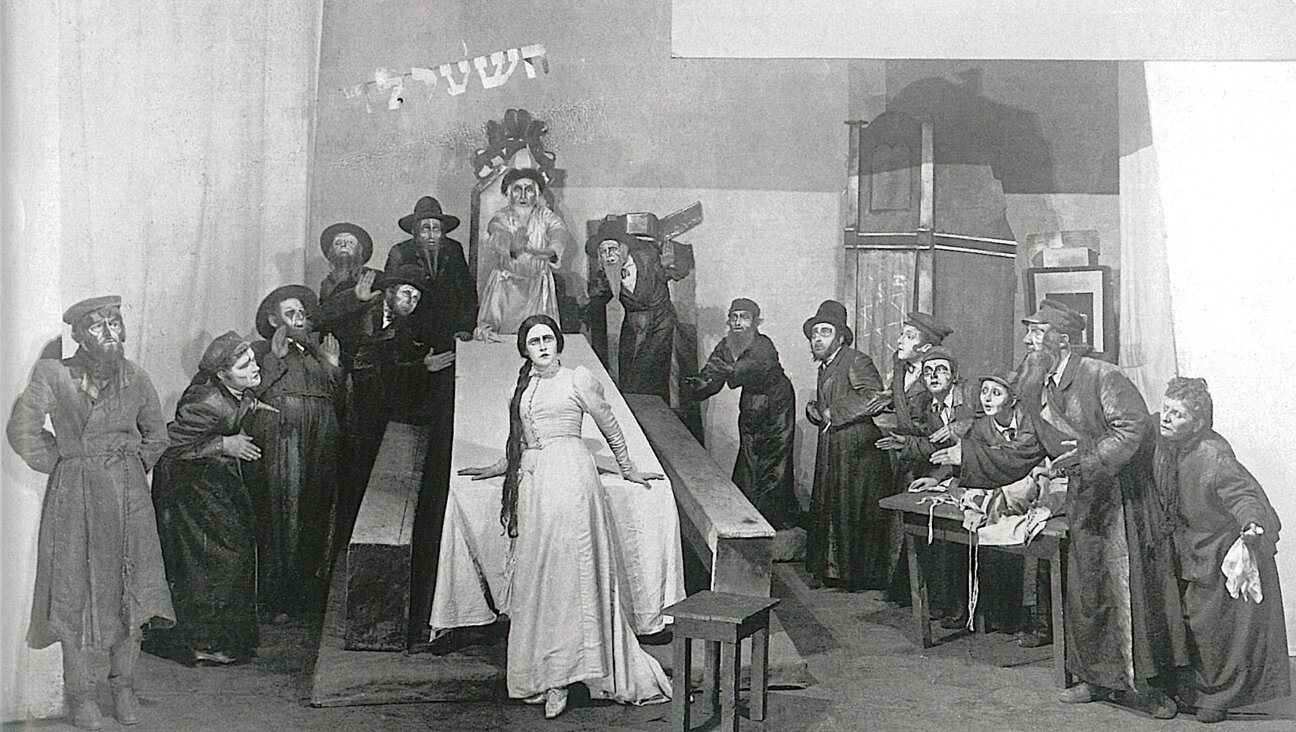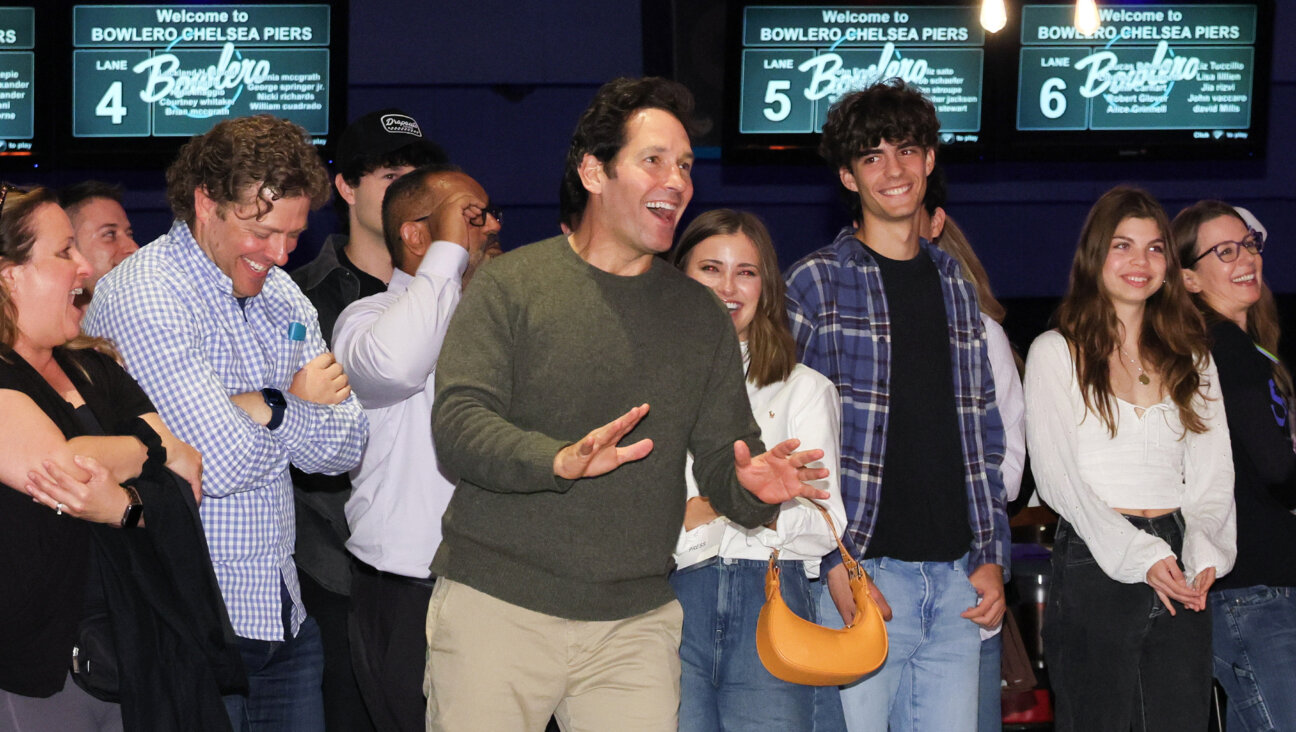A very New York story: Shlepping up the stairs when there’s no elevator
Growing up in a Jewish housing complex without elevators seemed like a hassle to the author but those steps kept her healthy

Photo by flickr
I was raised in a cooperative housing complex in the Bronx that provided housing to Jewish workers with socialist leanings. The buildings in the co-op, called the Sholem Aleichem Houses, were five stories high, just small enough to have been built without elevators. Our apartment was three floors up and there were two marble sets of stairs between each floor, making it, in fact, six flights of stairs. By the end of each day we got a good workout.
I remember my mother pushing in our front door, panting, and setting down large bags of groceries onto the kitchen table. “Just give me a minute,” she’d say as my sister and I latched onto her as soon as she came in the doorway. You could call my mother a shlepperke (a female shlepper, someone who drags things that are neither light nor easy).
Like most of my contemporaries, I was eager to leave the Bronx. After living in several faraway residences, I married and had two daughters in Providence, Rhode Island. This was a nice, mainstream American life. We had a house and two cars. I could drive to and from the supermarket and the only time I endured a brief bit of discomfort was when I carried my grocery bags from the driveway to the kitchen.
But when we went to visit my parents in the Sholem Aleichem Houses, it was pretty much “Shlep Central.” We’d park our car, if we were lucky enough to find a spot, several blocks away and carry suitcases, toddlers, strollers, and half-eaten bags of food along the street and then up the six flights of stairs, invariably dropping something (hopefully not a toddler) onto the old marble steps.
Moving back to a building without an elevator
Panting like my mother all those years ago, my husband would whisper, “I was supposed to marry someone with a circular driveway!” I’d reply, panting as well, “Well, you chose me!” and we’d tumble into the apartment, unload all animate and inanimate objects, and plop down on the living room couch.
Once we got settled into my parents’ apartment, we were free to attend many of the cultural events that Manhattan had to offer, while my parents babysat. I didn’t realize what an impression those experiences actually had on my husband till years later, when he announced that he wanted to make an empty-nest move to NYC.
“Everyone had their turn living in NYC except me,” he explained. “Now I’d like to give it a try.”
So, in our late 50s, leaving behind our comfortable life in Providence, we settled into Manhattan. At the time, the cheapest place to buy real estate were the old tenement buildings on the Upper East Side that used to house the servants who attended the wealthy on Park Avenue. Once again, I ended up on the third floor of a building with no elevator. This time there was only one staircase per landing, but the ceilings were so high that the staircases themselves were unusually steep. It wasn’t much of a problem, though, since we were healthy and ready for adventure.
I’ve always been perplexed by some of the prevailing attitudes about fitness. Years ago the boyfriend of a friend of mine drove her every day to a gym where she could run on the elliptical machine. Why didn’t she just walk or run to the gym instead, saving her boyfriend that trouble? Or why run to the gym at all when she could have picked a prettier route by some trees?
Living in New York City keeps you fit
Likewise, whenever I mentioned that my mother lived in a walk-up apartment until she was 91, people would respond with surprise or pity. Yet some of those same people used a StairMaster. If walking, climbing and carrying weights were a good way to stay in shape, then why not serve two purposes as you make your way home and bring some groceries into the apartment?
One thing was clear: I didn’t need to worry about staying fit once we lived in New York City. Between walking the streets, rushing for the bus, running up and down subway steps and climbing our own steep apartment stairs, I remained in good shape. My mother would take the subway from the Sholem Aleichem Houses and meet me in Manhattan for various cultural events.
Although some of our friends had to beg off coming up the stairs to our apartment because of hip or knee issues, my mother never complained. She held onto the banister more tightly and moved her way up more slowly, but she always made it to our new home. Seeing her off at the end of a visit, her sturdy frame descending the stairs to the subway platform, I marveled at her determination to make every day count.
I still walk home with my groceries
Then COVID-19 hit. After months of not being able to see any family members, my mother lost her spirit and sadly, her will to live. My husband, meanwhile, lost his job, so soon after my mother’s death we moved back to Rhode Island where he could still find work. We ended up in Newport, a lovely seaside town, renting a place in the town center where I could walk to the supermarket, the library and our local health food store.
I sometimes wonder what my neighbors here think as they see me walking through the streets carrying cloth bags filled with books or groceries. They might wonder why I don’t use a car. They might wonder if I ever heard of same-day delivery. They surely aren’t familiar with the term shlepperke. But more and more I’m trying to follow in my mother’s footsteps and stay as fit and sturdy as I can. I’ll keep my legs moving and my heart pumping for all the days that could still count.
A message from our CEO & publisher Rachel Fishman Feddersen

I hope you appreciated this article. Before you move on, I wanted to ask you to support the Forward’s award-winning journalism during our High Holiday Monthly Donor Drive.
If you’ve turned to the Forward in the past 12 months to better understand the world around you, we hope you will support us with a gift now. Your support has a direct impact, giving us the resources we need to report from Israel and around the U.S., across college campuses, and wherever there is news of importance to American Jews.
Make a monthly or one-time gift and support Jewish journalism throughout 5785. The first six months of your monthly gift will be matched for twice the investment in independent Jewish journalism.
— Rukhl Schaechter, Yiddish Editor























